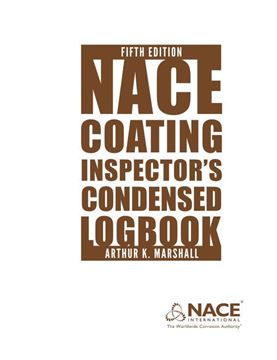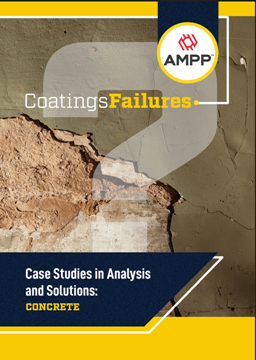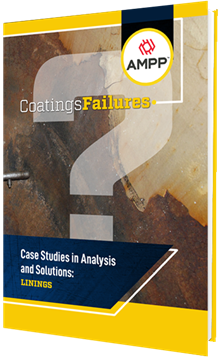Concrete surface preparation differs from surface preparation of steel, mostly due to the inherent properties of concrete.
Concrete is a non-uniform mixture of porous, permeable materials (cement, sand, stone, additives, water) with low tensile strength and often numerous cracks and defects. It will vary in properties, including moisture content, from site to site and within any site due to the batched nature of its production and installation.
Ranging from the basics of corrosion in reinforced concrete to using forensic science to determine concrete coatings failure, in this Standards and Best Practice for Surface Preparation and Coating Application of Concrete reference book, students and technicians learn problem solving via multiple case studies and technical artiles.
2022 AMPP, black and white, soft cover, 358 pages.
Product Number:
PB-C0M01-POD
ISBN:
978-1-57590-423-8
$142.50
$190.00
$190.00
Concrete is coated to protect it from chemical attacks, abrasion, and impact; to control the presence of dust and moisture in an enclosed environment; to prevent water or salt intrusion; and to contain water or chemicals and/or prevent contamination of tank contents. It may also be coated for decorative reasons or to identify hazards or provide a form of conductive and/or spark resistance that protects equipment and workers.
Concrete surface preparation differs from surface preparation of steel, mostly due to the inherent properties of concrete.
Concrete is a non-uniform mixture of porous, permeable materials (cement, sand, stone, additives, water) with low tensile strength and often numerous cracks and defects. It will vary in properties, including moisture content, from site to site and within any site due to the batched nature of its production and installation.
Ranging from the basics of corrosion in reinforced concrete to using forensic science to determine concrete coatings failure, in this Standards and Best Practice for Surface Preparation and Coating Application of Concrete reference book, students and technicians learn problem solving via multiple case studies and technical artiles.
2022 AMPP, black and white, soft cover, 358 pages.




